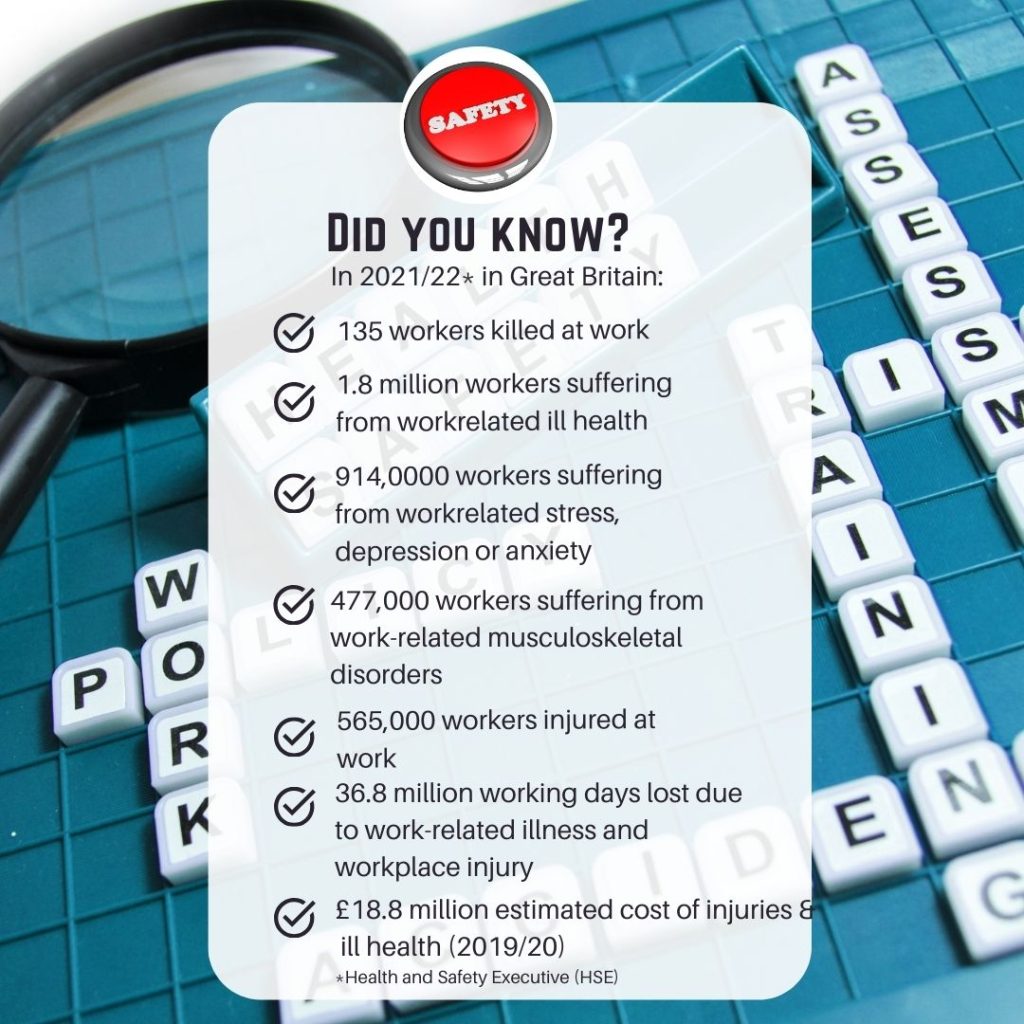Independent Optical Practice Risk Assessment Guide
As we all know, risk assessments are a legal necessity – and, if you employ five or more people, they must be documented. So, how do you make sure yours are done correctly to pass a Health & Safety inspection and keep everyone in your practice safe?
It’s easy – just follow these five, simple steps:
1.Identify the hazards
When identifying hazards, don’t just rely on your own knowledge, because you can’t be in multiple places at once. Speak to employees and anyone else who directly carries out work for you and ask them what hazards they come across on a day-to-day basis. SightCare can help you with the most common hazards for your activities so you can do this quickly and accurately. You should also look back at all your accident book for hazard trends.
You might find it easiest and simplest to work with a Health & Safety professional who can give you 24/7 advice on your risk assessments and SightCare can recommend its HR & Health & Safety partner Citation if requested.

2. Assess who’s at risk
It may seem obvious, but this step isn’t always done right. Make sure you include everyone that could be affected by the hazard. For example, a tree surgeon is at risk of harm when carrying out their job, but so are the general public if the trees are being cut down in a public park
3. Evaluate the risk
Once you’ve got your list of hazards together, it’s time to put them in priority order by looking at how likely the hazards are to happen and if they were to happen, how much harm they could cause.
For example, if you’ve got stairs or steps in your practice with no handrail, a patient or an employee could slip or trip while entering or within your practice. So this would be a high priority and you’d need to put in some immediate control pleasures in place to prevent it.
As well as putting your hazards in priority order and making sure the right control measures are in place, you should revisit your current hazards to check they still apply to your business. If they do and are still deemed as ‘high priority’, can you change the process of managing them so they’re less of a risk?
4.Record your findings
This is what an HSE inspector will ask to see when they visit your practice – proof you’ve actually carried out a risk assessment. The document itself should include everything outlined in steps one, two, and three and if you’re still unsure about what to include or how the document should look, you can speak to SightCare, or if using the services of Citation, for guidance.
Attention: most common workplace risks
- Slips, trips or falls on the same level
- Handling/lifting/carrying
- Struck by an object
- Falls from a height
- Acts of violence
- Display screen equipment
5.Review, review, review
Your risk assessments are living documents and change with the business, so they’ll need revisiting on a routine basis. There’s also some specific times you should revisit them, including:
- A change in occupancy in the business
- New equipment or services introduced
- Changes to Health & Safety legislation
- Structural change to yours or a neighbouring Premises
- Changes that are outside of your control but affect your business – e.g. pandemics or extreme weather

